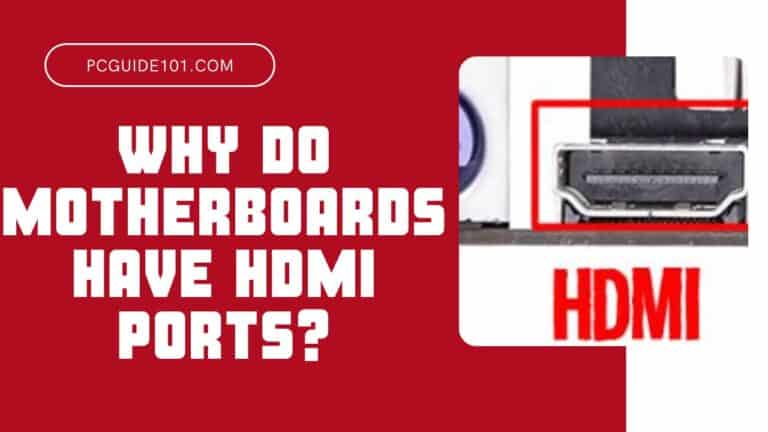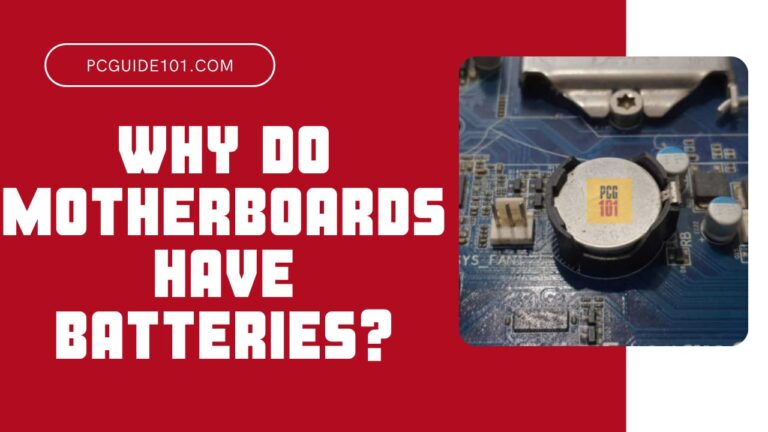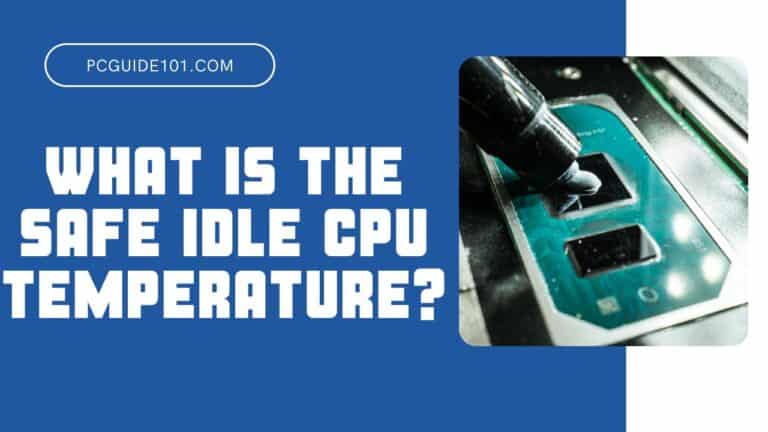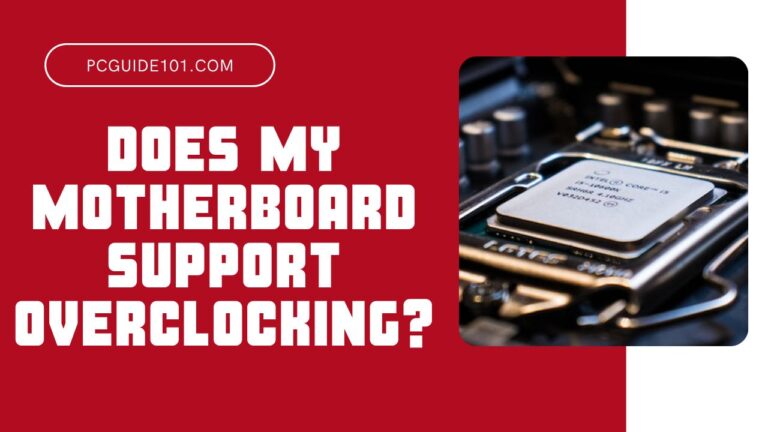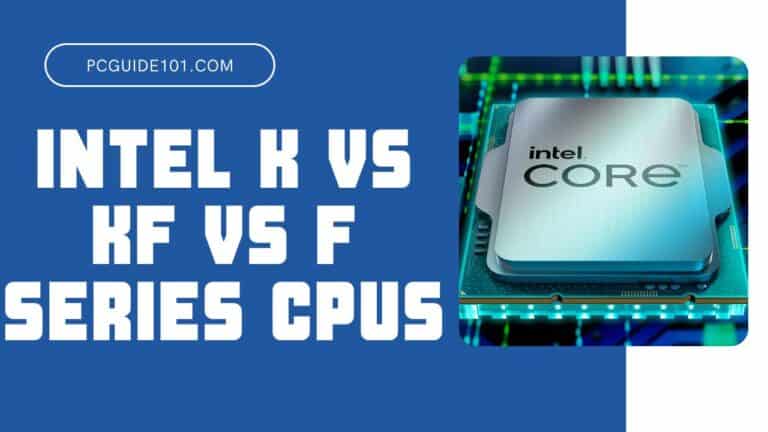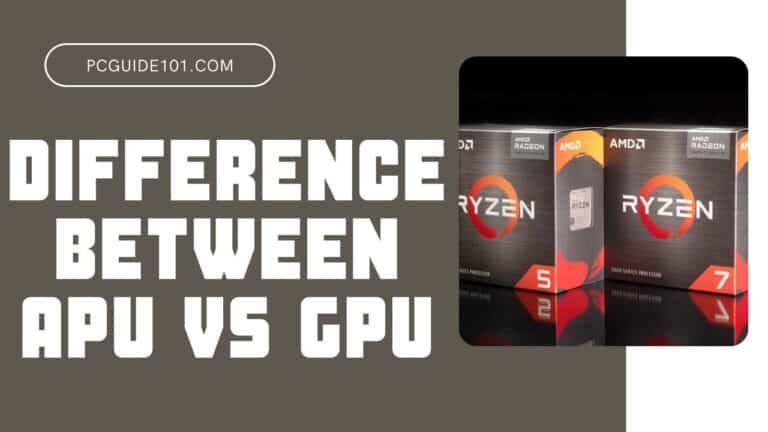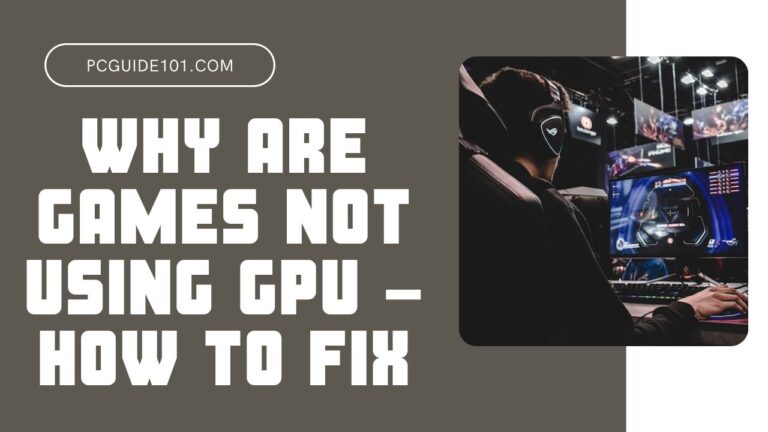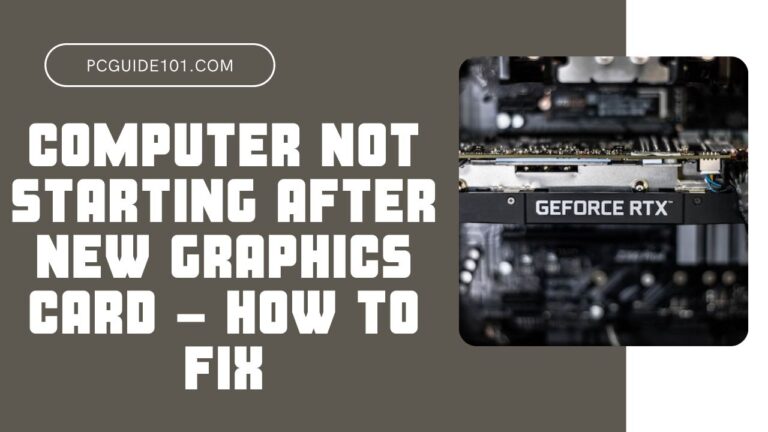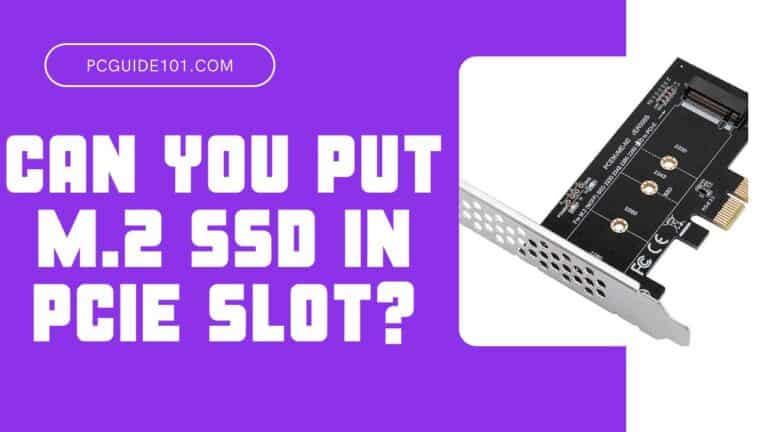Why Do Motherboards Have HDMI Ports?
If PCs have a dedicated graphics card with video connectivity, why do motherboards also have HDMI ports? Why have the redundancy? The answer to this question is simple. Motherboards have HDMI ports for connecting your monitor in case your PC does not have a dedicated graphics card. Many budget and non-gaming PCs out there lack …

